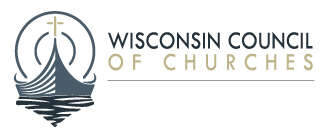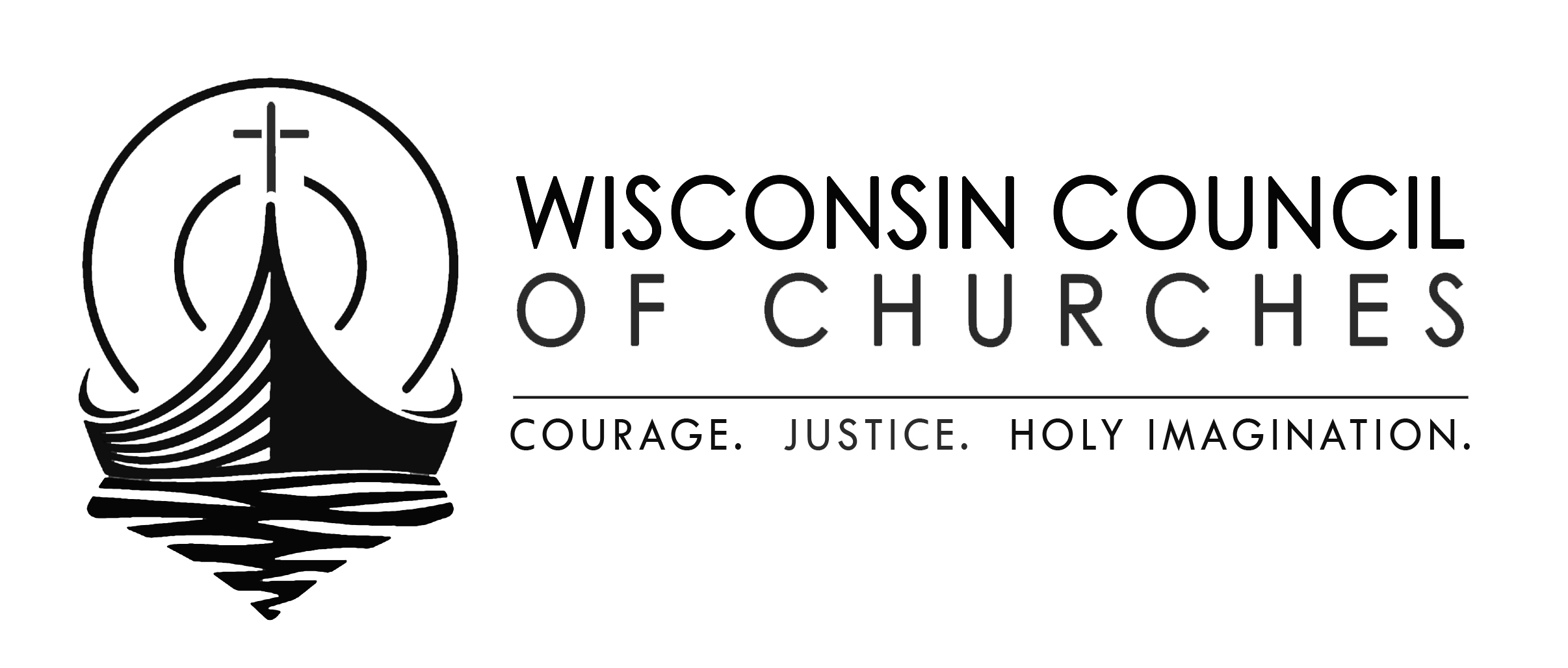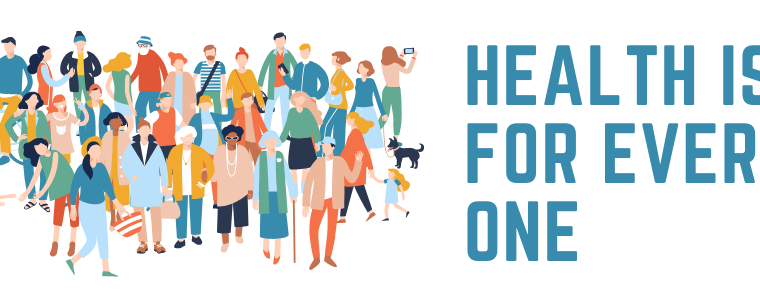Blessed be the tie that heals
Easter and social connection
When I was a pastor a few years back, I wrote a communion service for use with homebound members. It centered on the story of the disciples who encounter Jesus on the road to Emmaus after his death and resurrection. The service began with an excerpt from the story and an opening prayer:
Loving God, we give you thanks because you have drawn near to us in more ways than we can know, understand, or deserve. From the moment of our creation, you have made us companions to one another and to you, the love behind all love. You stay with us even when we wander from you and you refuse to leave us alone in the world.
…You sustain our relationships and give us strength to live in the faith that there is always one who will wait for us in life and in death.
As you might guess, the point of the service was to reassure the people I visited that they had not been forgotten. Not forgotten by their community, as my presence showed. And not forgotten by the God who had promised to be always with them.
I always thought that service hit the theological mark. It was the word the homebound members needed to hear.
It’s also a word with broader implications than I knew at the time. Turns out, loneliness (or more properly social isolation) is a major drag on health.
Beyond the obvious implications for mental health, social isolation contributes to cognitive decline, dementia and Alzheimer’s disease. It can also increase the risk of premature death, cardiovascular disease, diabetes, and immune and respiratory diseases.
This is not only a problem for adults, either. The social disconnection caused by COVID lockdowns demonstrably hurt youth mental health. And LGBTQ teens with at least one accepting adult in their lives are 40% less likely to attempt suicide.
In short, promoting social connection promotes good health.
Social connection and resilience
Social connection can also make it easier to recover from trauma. Therese Lysaught and colleagues identify five tools to prompt growth after a traumatic experience:
-
Story
-
Community
-
Hope
-
Creativity
-
Faith
These tools build on one another. Shared stories create community, and from community hope arises. Together, the tools drive toward “meaning and invitation to transcendence.” They need reciprocity to work, though. In the researchers’ words, that means “being truly heard and seen by the people around us, feeling that we are held in someone else’s mind and heart.”
Lysaught et. al. cite the Emmaus story to explain how all the elements come together:
The frightened, hopeless, confused, and emotionally exhausted disciples are fleeing Jerusalem after the devastating crucifixion and death of Jesus. Jesus comes alongside and says, ‘What’s going on?’—he invites their story. He listens to their fear, their grief, their confusion. Their faith has been shattered. Everything they thought they knew and had hoped for has been destroyed. He connects their story to God’s larger story. In response, they invite the stranger in for dinner. The community established on the road feels good, and they wish to extend that. Jesus, fostering community, breaks the bread and as he gives thanks, their eyes are opened. In community, gratefulness, and God’s presence, they receive the gift of hope. Faith is restored, and it is now even greater than it was before. They can now see in a new way; transformation comes. Instead of continuing in the way of despair, they return to Jerusalem, full of joy and energized to create a new future.
This all comes from an article on helping isolated Catholic medical missionaries come back from the COVID experience. Really isolated: in places like Peru, Haiti, and sub-Saharan Africa. But there’s no reason the same principles wouldn’t apply to American church settings.
In fact, the WCC Community Health Program has done just that. In a series of church-based community conversations, our colleague Rev. Teresa Thomas-Boyd and trained facilitators invited participants to talk about their experiences with COVID. The conversations created community in expressing shared struggle. That in turn allowed participants to move forward with a new vision, reconnected to God and one another.
It’s a little early to say what will be created out of those conversations. They did lead to increased interest in vaccination.
Building social connection is very near to the heart of the Christian mission to bear witness to the steadfast love of God. What are churches for, exactly, if not to bring people together?
Building social connection also points the way to growth after the trauma of COVID. Survivors of the pandemic are not as bereft as the disciples after Jesus’ death. But we have lost plenty of what we knew and what we hoped for.
So, please: imitate those early disciples. Share your story, and allow others to share theirs. Find the lonely, disconnected people around you. Let them feel seen, heard, and held in your mind and heart. It’s good for their health. It’s good for helping them come out their experience stronger. And it’s what the God who waits for you in life and death has done for you.
P.S.: The Emmaus text comes up in the lectionary a couple of Sundays from now. Preachers are welcome to snag a few sermon ideas from this article.




